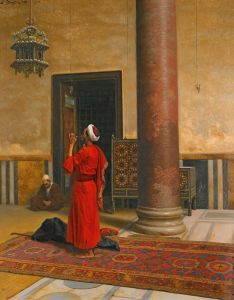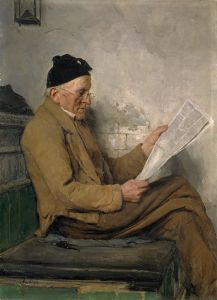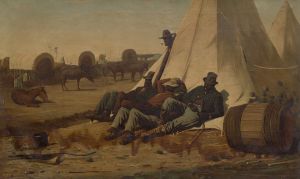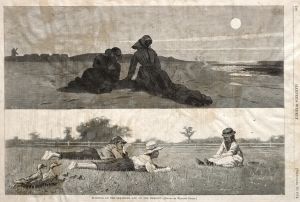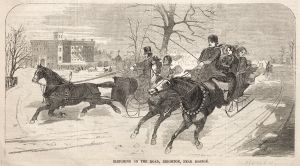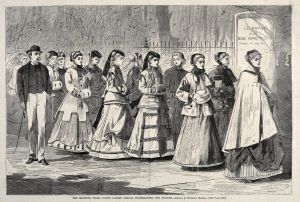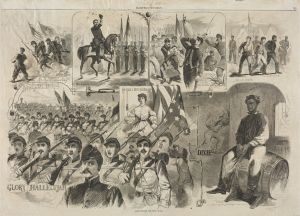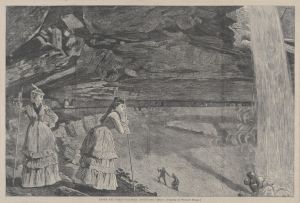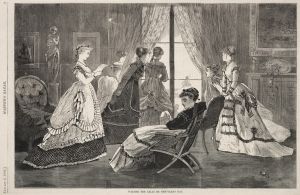
Near Andersonville
A hand-painted replica of Winslow Homer’s masterpiece Near Andersonville, meticulously crafted by professional artists to capture the true essence of the original. Each piece is created with museum-quality canvas and rare mineral pigments, carefully painted by experienced artists with delicate brushstrokes and rich, layered colors to perfectly recreate the texture of the original artwork. Unlike machine-printed reproductions, this hand-painted version brings the painting to life, infused with the artist’s emotions and skill in every stroke. Whether for personal collection or home decoration, it instantly elevates the artistic atmosphere of any space.
"Near Andersonville" is a painting by the renowned American artist Winslow Homer, created in 1865. Homer, known for his realistic and vivid depictions of American life, particularly during and after the Civil War, captures a poignant moment in this work that reflects the complex social and historical context of the time.
The painting portrays an African American woman standing in a field, with a contemplative expression on her face. The setting is rural, with a sense of isolation and quietude that underscores the woman's introspection. The title "Near Andersonville" refers to the infamous Andersonville Prison, a Confederate prisoner-of-war camp in Georgia, notorious for its harsh conditions and high mortality rate among Union soldiers. Although the painting does not depict the prison itself, the title suggests a connection to the broader themes of the Civil War and its aftermath.
Homer's choice to focus on an African American woman is significant, as it highlights the shifting social dynamics and the role of African Americans during this period. The end of the Civil War in 1865 marked the beginning of Reconstruction, a time of significant change and uncertainty for formerly enslaved individuals. The woman's presence in the painting can be interpreted as a symbol of resilience and the ongoing struggle for freedom and equality.
The composition of "Near Andersonville" is notable for its simplicity and the use of light and shadow to convey mood. The woman's figure is central, drawing the viewer's attention to her expression and posture. The surrounding landscape is rendered with Homer's characteristic attention to detail, capturing the textures and colors of the natural environment. This focus on the individual within a broader landscape is a hallmark of Homer's work, emphasizing the connection between people and their surroundings.
Homer's work during this period often addressed themes of war, its impact on society, and the human condition. "Near Andersonville" fits within this context, offering a subtle yet powerful commentary on the experiences of African Americans in the post-war United States. The painting invites viewers to reflect on the complexities of freedom and the ongoing challenges faced by those who had been enslaved.
Winslow Homer, born in 1836, was largely self-taught and began his career as an illustrator before transitioning to painting. His experiences as a war correspondent during the Civil War informed much of his later work, providing him with firsthand insights into the realities of conflict and its aftermath. Homer's ability to capture the essence of American life, with all its nuances and contradictions, has earned him a lasting place in the canon of American art.
"Near Andersonville" is housed in the Newark Museum of Art in Newark, New Jersey. It remains an important work for its historical context and its artistic merit, exemplifying Homer's skill in using art to explore and comment on the social issues of his time. Through this painting, Homer not only documents a moment in history but also engages with the broader narrative of American identity and transformation during a pivotal era.






